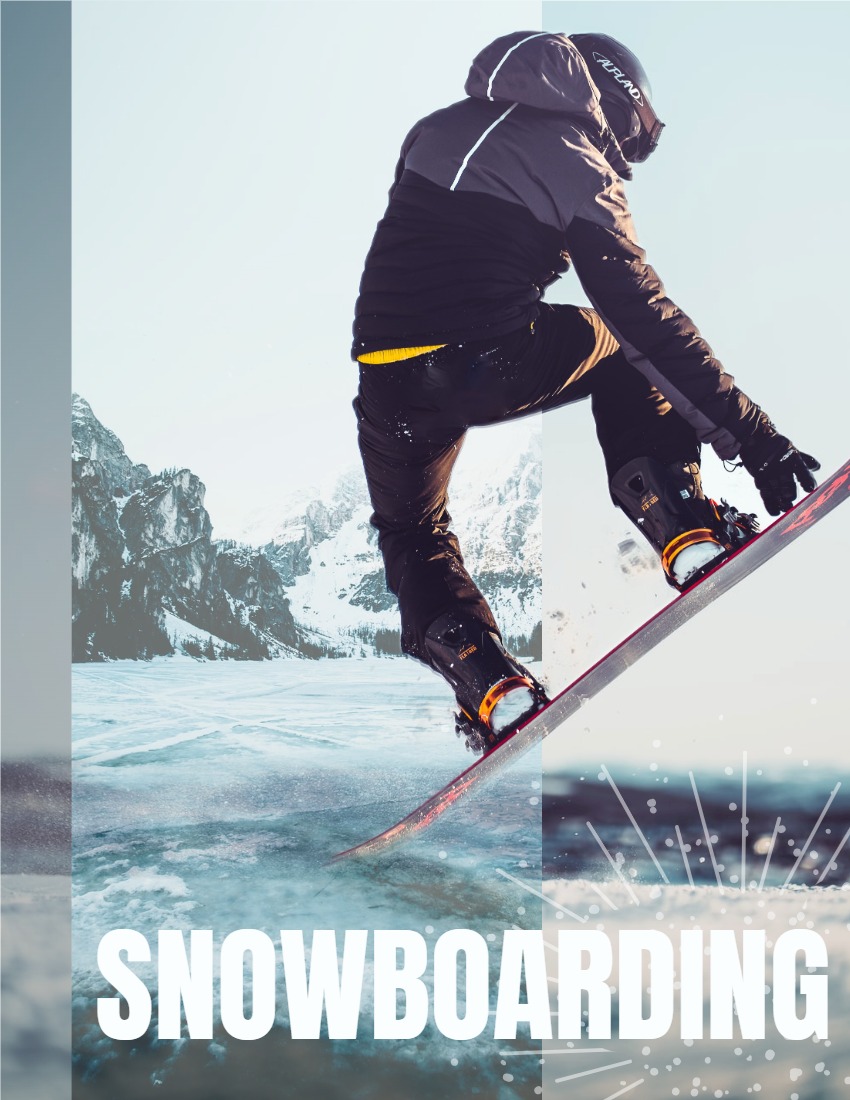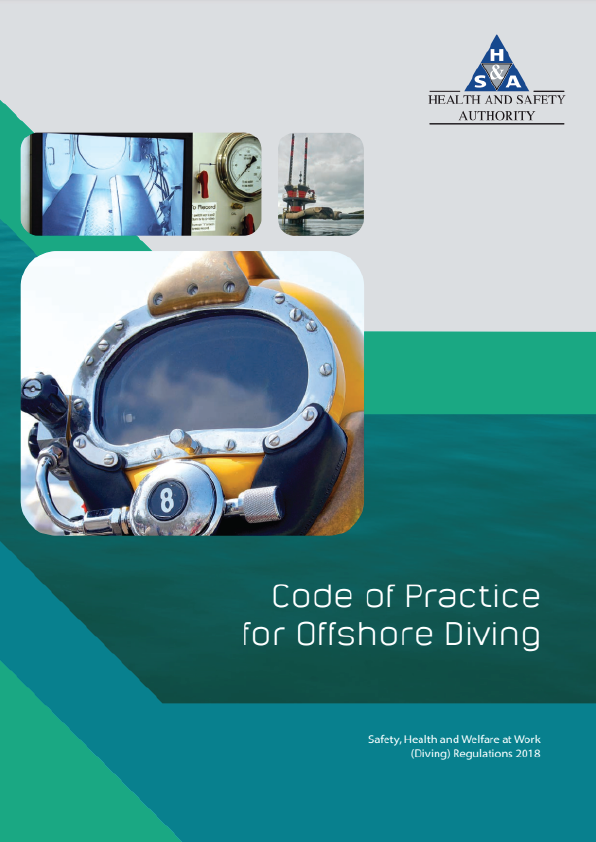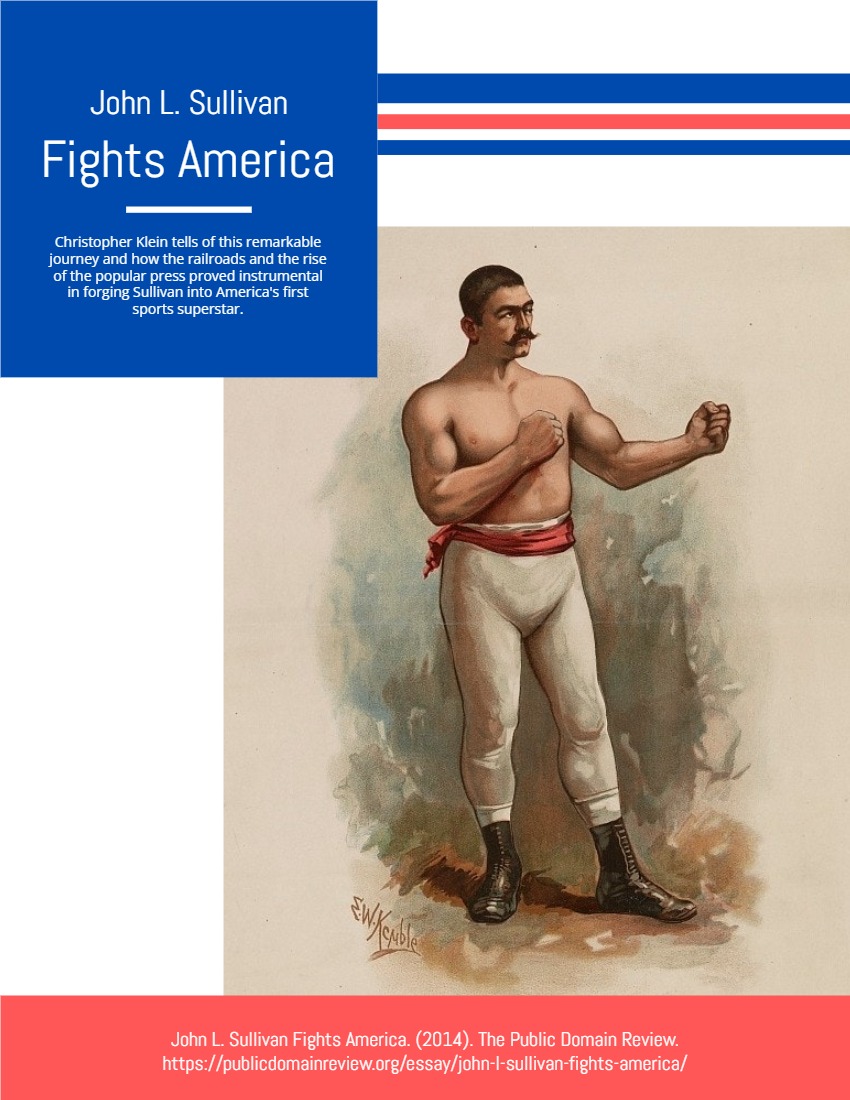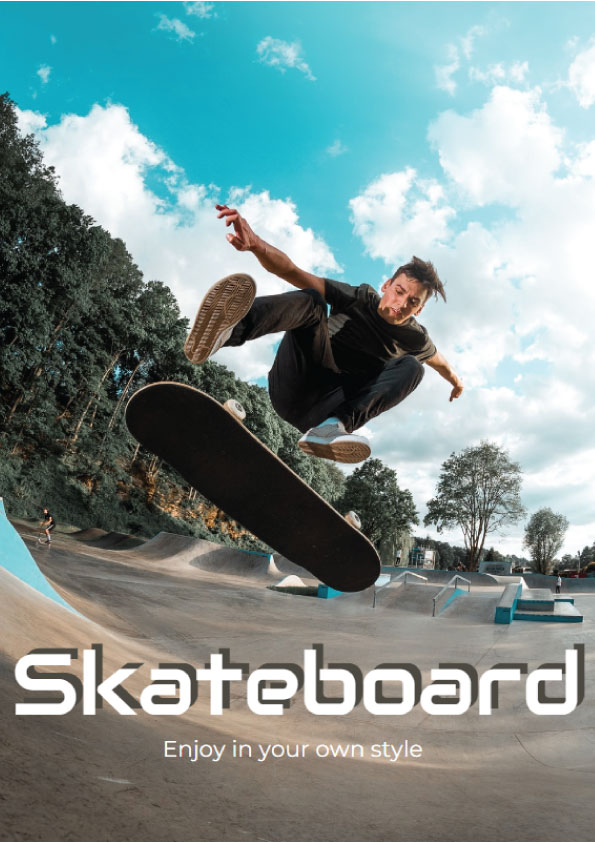Snowboards are boards where the user places both feet, usually secured, to the same board. The board itself is wider than most skis, with the ability to glide on snow. Snowboards widths are between 6 and 12 inches or 15 to 30 centimeters. Snowboards are differentiated from monoskis by the stance of the user. In monoskiing, the user stands with feet inline with direction of travel (facing tip of monoski/downhill) (parallel to long axis of board), whereas in snowboarding, users stand with feet transverse (more or less) to the longitude of the board. Users of such equipment may be referred to as snowboarders. Commercial snowboards generally require extra equipment such as bindings and special boots which help secure both feet of a snowboarder, who generally ride in an upright position. These types of boards are commonly used by people at ski hills, mountains, backcountry, or resorts for leisure, entertainment, and competitive purposes in the activity called snowboarding.
History
In 1917, Vern Wicklund, at the age of 13, fashioned a shred deck in Cloquet, Minnesota. This modified sled was dubbed a “bunker” by Vern and his friends. He, along with relatives Harvey and Gunnar Burgeson, patented the very first snowboard twenty two years later in 1939.
However, a man by the name of Sherman Poppen, from Muskegon, MI, came up with what most consider the first “snowboard” in 1965 and was called the Snurfer (a blend of “snow” and “surfer”) who sold his first 4 “snurfers” to Randall Baldwin Lee of Muskegon, MI who worked at Outdoorsman Sports Center 605 Ottawa Street in Muskegon, MI (owned by Justin and Richard Frey). Randy believes that Sherman took an old water ski and made it into the snurfer for his children who were bored in the winter. He added bindings to keep their boots secure. (Randy Lee, October 14, 2014) Commercially available Snurfers in the late 1960s and early 1970s had no bindings. The snowboarder held onto a looped nylon lanyard attached to the front of the Snurfer, and stood upon several rows of square U-shaped staples that were partially driven into the board but protruded about 1 cm above the board’s surface to provide traction even when packed with snow. Later Snurfer models replaced the staples with ridged rubber grips running longitudinally along the length of the board (originally) or, subsequently, as subrectangular pads upon which the snowboarder would stand. It is widely accepted that Jake Burton Carpenter (founder of Burton Snowboards) and/or Tom Sims (founder of Sims Snowboards) invented modern snowboarding by introducing bindings and steel edges to snowboards in the late 1970s. Sims was an avid skateboarder in 1963 when he built a crude “ski board” in his seventh-grade wood shop class in Haddonfield, N.J., so he could continue to ride during the winter.
Snowboarding began to spread internationally. In 1981, a couple of Winterstick team riders went to France at the invitation of Alain Gaimard, marketing director at Les Arcs. After seeing an early film of this event, French skiers/surfers Augustin Coppey, Olivier Lehaneur, Olivier Roland and Antoine Yarmola made their first successful attempts during the winter of 1983 in France (Val Thorens), using primitive, home-made clones of the Winterstick. Starting with pure powder, skateboard-shaped wooden-boards equipped with aluminium fins, foot-straps and leashes, their technology evolved within a few years to pressed wood/fiber composite boards fitted with polyethylene soles, steel edges and modified ski boot shells. These were more suitable for the mixed conditions encountered while snowboarding mainly off-piste, but having to get back to ski lifts on packed snow. In 1985, James Bond popularized snowboarding in the movie A View to a Kill. In the scene, he escapes Soviet agents who are on skis with a makeshift snowboard made from the debris of a snowmobile that exploded. The actual snowboard used for the stunt was a Sims snowboard ridden by founder Tom Sims. By 1986, although still very much a minority sport, commercial snowboards had started appearing in French ski resorts.
Contemporaneously, the Snurfer was being turned into a snowboard on the other side of the iron curtain. In 1980, Aleksey Ostatnigrosh and Alexei Melnikov – two members of the only Snurfer club in the Soviet Union started changing the Snurfer design to allow jumping and to improve control on hard packed snow. Apparently unaware of developments in the Snurfer/snowboard world, they attached a bungee cord to the Snurfer tail which the rider could grab before jumping. Later, in 1982, they attached a foot binding to the Snurfer. The binding was only for the back foot, and had a release capability. In 1985, after several iterations of the Snurfer binding system, Aleksey Ostatnigrosh made the first Russian snowboard. The board was cut out of a single vinyl plastic sheet and had no metal edges. The bindings were attached by a central bolt and could rotate while on the move or be fixed at any angle. In 1988, OstatniGROsh and MELnikov started the first Russian snowboard manufacturing company, GROMEL
The first fibreglass snowboard with binding was made by Santa Cruz inventor Gary Tracy of GARSKI with the assistance of Bill Bourke in their factory in Santa Cruz in 1982. One of these original boards is still on display at Santa Cruz Skateboards in Capitola, CA. By the mid-80s, snowboarding had considerable commercial success with multiple competing companies. Burton had established a European Division by the mid-1980s. In Canada in 1983, a teenager named David Kemper began building his first snowboards in his garage in Ontario, Canada. By 1987, Kemper Snowboards was launched and became one of the top snowboard brands among Burton, Sims, and Barfoot.
The International Ski Federation (FIS) recognized snowboarding as a discipline in 1994. Snowboarding made its Olympic debut at the 1998 Nagano Winter Games. Men’s and Women’s halfpipe and giant slalom competitions were an instant success due to their overwhelming popularity with spectators. However, FIS was responsible for the scoring system and course design which were riddled with issues. FIS did not consult snowboarding pioneers and experts, and instead deciding to leave the contest rules and governing up to inexperienced FIS professionals. The giant slalom course was not properly maintained and the snowboarding events were scheduled right after the skiing events, which posed dangers to contestants due to ice and chop. At the 2002 winter games held in Salt Lake City, UT, FIS decided to consult US snowboard industry experts and together they made the competition safer for the athletes and added a viable scoring system. The 2006 Winter Games in Turin saw the addition of snowboard cross. Slopestyle events were added in 2014, and Big Air in 2018.
By 2008 snowboarding was a $487 million industry with average equipment costs running to around $540 for board, boots, and bindings.











